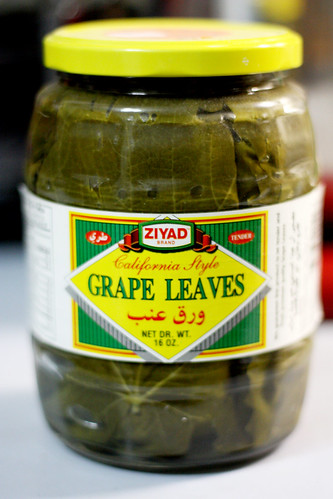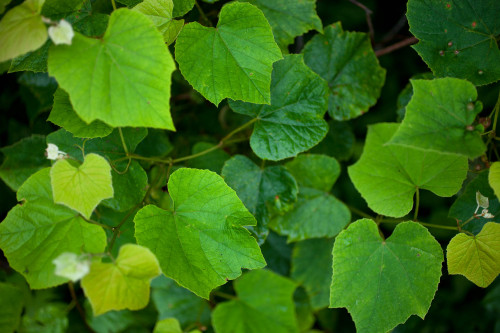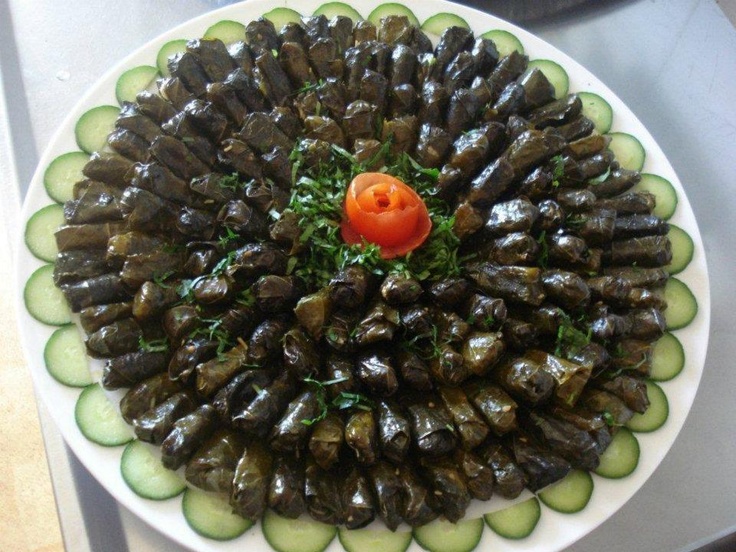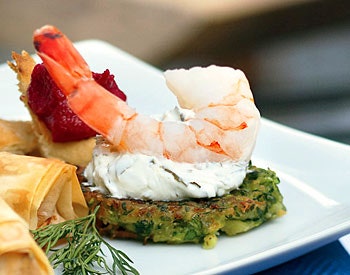CraigC
Master Chef
- Joined
- Jan 27, 2011
- Messages
- 6,486
Foraging locally usually requires a swamp tromp. Although you'll run across hardwood hammocks and pine lands interspersed with the cypress. I avoid the Pahayokee (river of grass) part as much as possible. Sawgrass isn't any fun. Come to think of it, it really was more survival than foraging and not something you would really do voluntarily.
Come to think of it, it really was more survival than foraging and not something you would really do voluntarily.
Plant wise, there are cat-tail tubers, custard apples, elderberry flowers, wild papaya and if you are really ambitious and have a very sharp machete, there are hearts of palm to be had. You might run across some coconut palms, banana and abandoned orange trees, both sweet and sour.
Back when I used to teach Hunter Safety classes, one of the other instructors was a reserve Wildlife Officer. Some of the other instructors said that she could be dropped in the swamp naked with only a hunting knife, flint and steel and she would come back fully clothed and 10# heavier.
 Come to think of it, it really was more survival than foraging and not something you would really do voluntarily.
Come to think of it, it really was more survival than foraging and not something you would really do voluntarily.
Plant wise, there are cat-tail tubers, custard apples, elderberry flowers, wild papaya and if you are really ambitious and have a very sharp machete, there are hearts of palm to be had. You might run across some coconut palms, banana and abandoned orange trees, both sweet and sour.
Back when I used to teach Hunter Safety classes, one of the other instructors was a reserve Wildlife Officer. Some of the other instructors said that she could be dropped in the swamp naked with only a hunting knife, flint and steel and she would come back fully clothed and 10# heavier.






